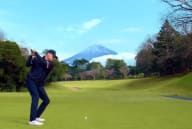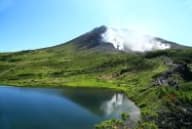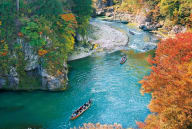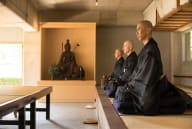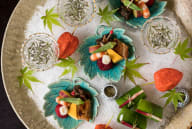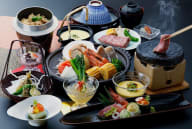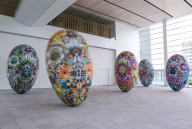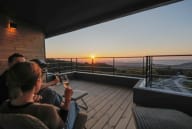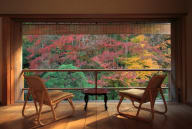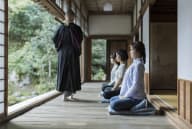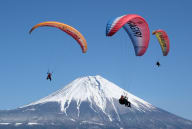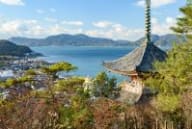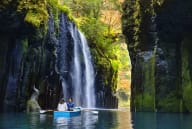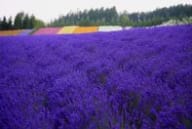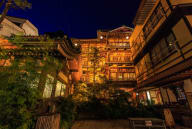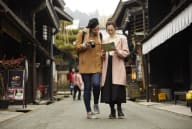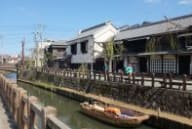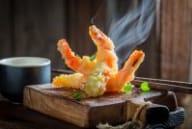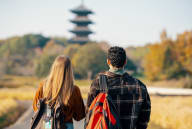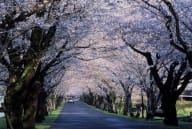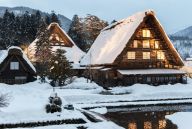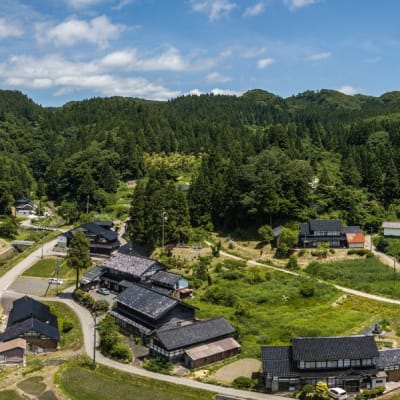Use the
Planning a Trip to Japan?
Share your travel photos with us by hashtagging your images with #visitjapanjp

In today’s Japan, the concept of satoyama is a cornerstone of society, embodying the wisdom of living in harmony with nature. Satoyama refers to the border zones between rural and urban areas where local communities use traditional knowledge to manage forests, fields, and waterways. This approach not only supports biodiversity but also provides for human livelihoods. Satoyama is a perfect example of the Co-existence subtheme of the GREEN×EXPO 2027, offering lessons from agrarian culture on how to integrate nature into our daily lives.
Travelers keen for an authentic slice of Japanese satoyama can explore farming, food, and folk traditions in prefectures like Ishikawa, Nagano, and Gifu. These areas in the Hokuriku Shinetsu and Tokai regions of Japan offer unique ecotourism experiences that provide a deeper appreciation for nature’s vital role in everyday life.
Farm stays in Ishikawa

Visitors can truly immerse themselves in the satoyama lifestyle by attending a farm stay at Shunran-no-sato or Takigahara Farm, both rural resorts in the north of Ishikawa Prefecture.
At Shunran-no-sato on the Noto Peninsula, guests stay in one of over 40 traditional guesthouses and take part in seasonal activities such as rice planting, mushroom foraging, charcoal-making, and communal dining around an irori (sunken hearth). Meals are served in handcrafted dishes of local Wajima lacquer, reflecting the region’s deep cultural ties to nature.

Less than an hour away from Kanazawa, the capital of Ishikawa, Takigahara Farm is a revitalized rural community where young urbanites and longtime locals work together to preserve satoyama traditions. Visitors stay at Takigahara Craft & Stay, the renovated, on-site lodgings, which include a sauna designed by renowned architect Kengo Kuma. Workshops in traditional crafts and foraging in the mountains are offered in collaboration with residents of the village.
Embracing forest therapy in Iiyama

Nagano Prefecture is famed for its snow and ski resorts, but its connection to nature runs deep year-round. It is a great place to take part in shinrin-yoku, or forest bathing, which involves immersing oneself in the atmosphere of the forest through slow, mindful walks. Rather than literal bathing, it’s about using all five senses to connect deeply with the natural world. One such location to take part in forest bathing is Iiyama, a rural farming town in northern Nagano. Guests can stay in minshuku (family-run inns) with farming families on the outskirts of the town. Mindfulness activities include laying out yoga mats on the forest floor, sitting quietly, and tuning into the rhythms of the natural world.

In the colder months, guests are invited to snowshoe through the forests, where tall trees calm the mind and fresh snow muffles sound, creating a serene, white silence.
Orchard dining in central Nagano

Satoyama is more than just a place—it’s also about immersing yourself in areas that live in harmony with nature. In Matsukawa, a fruit-growing town in central Nagano, you can experience this firsthand through the Orchard Gourmet Adventure Tour. This two-day farm-to-table program embodies the principles of satoyama, focusing on locality, seasonality, and sustainability through seasonal eating and learning.
Guests have the opportunity to taste the region’s bounty right at its source. You can sip cider in the very orchards where the apples grew, enjoy wine made from local grapes, and savor a multicourse meal at Orchard Restaurant Matuskawa, nestled in a secluded grove. This is more than just farm-to-table—it’s bringing the table to the farm itself. As you go, you’ll also meet the farmers and learn about their work.

For others with less time, fruit picking offers a shorter but equally immersive way to enjoy the satoyama lifestyle. Occasionally, with the added delight of taking home the fruits of your harvest.
Learning about traditional life in the mountains

In Gifu Prefecture, Hida Folk Village (Hida no Sato) is an open-air museum that preserves the traditional lifestyles of a time before modern conveniences, when rural communities relied on natural materials and seasonal rhythms. The village is made up of around 30 gassho-zukuri houses. These buildings have steep thatched roofs adapted for the region’s heavy snowfall.

Visitors can join workshops at the museum to learn about mountain farming and traditional crafts, many of which are still practiced in the wider Hida Takayama area. Under the guidance of local craftspeople, guests can try weaving cloth or making simple items by hand, using natural materials and the knowledge and skills refined over generations. After visiting the museum, consider taking a satoyama bike tour to explore the surrounding rural landscapes and see these traditional farming practices in action.
Forest walks and post towns in southern Gifu

The Nakasendo was a major route that connected Edo (now Tokyo) and Kyoto through the mountains of central Japan. The 532-kilometer road took over 15 days to walk and included 69 post towns for travelers to rest along the way. The seventeenth-century post town of Magome, part of Nakatsugawa City, is one of the best-preserved stops along this historic road.
The town is built on a steep slope, giving it a unique character and stunning views of the surrounding valley. As you wander through the streets, you’ll find shops selling local crafts and sweets, as well as several teahouses and inns where you can rest, just as weary travelers did centuries ago. The historic Magome Waki-Honjin Museum is a must-see, offering a glimpse into the life of a post town and the history of the Nakasendo.

In addition to exploring the town itself, many visitors take advantage of the beautiful nature by enjoying peaceful forest walks. The trails around Magome offer a chance to hike under a lush canopy of cypress and cedar trees, complete with the calming sounds of birds and flowing streams.
Key takeaways
The Hokuriku Shinetsu and Tokai regions are rich in traditional landscapes that highlight the GREEN×EXPO 2027 subtheme of Co-existence, showing how humans have long lived alongside nature. It has opportunities to interact and immerse yourself in rural life through experiences including farm stays, hikes, and meals amidst nature. Exploring satoyama culture gives not just an insight into the past but ideas for living more sustainably in the future.


©Expo 2027















